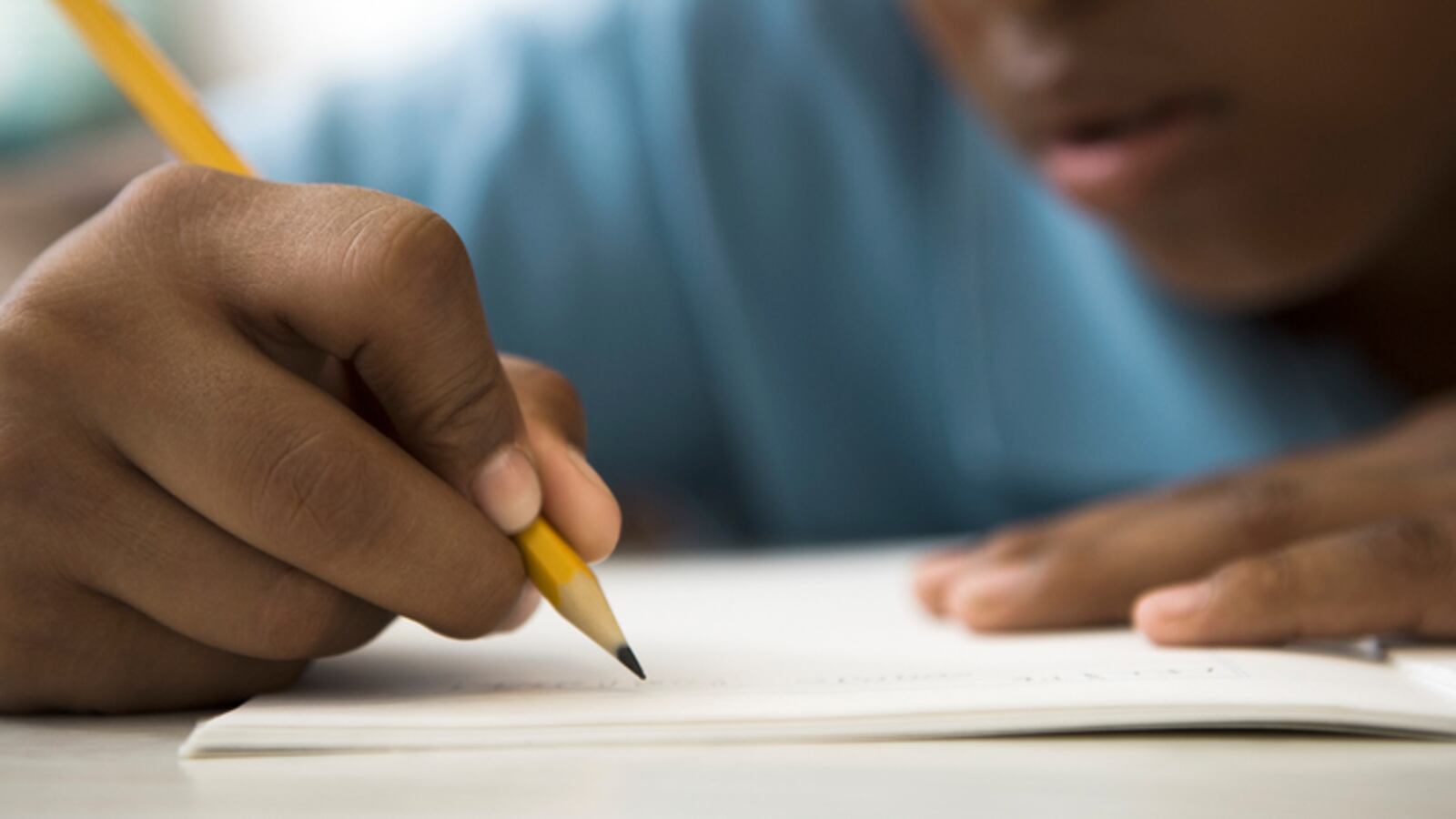Children with learning disabilities face unique challenges in the classroom, but the right support can help them thrive academically and socially. Learning disabilities do not reflect a child’s intelligence or potential; they mean the child learns differently. Parents and teachers are crucial in providing the support and encouragement needed. Here are some practical tips for helping students with learning disabilities succeed.
Read more about Education
-
Understand the Child’s Specific Learning Disability
The first step in supporting a child with a learning disability is to understand their specific challenges. Learning disabilities can vary widely—from dyslexia (difficulty reading) and dyscalculia (difficulty with math) to ADHD (difficulty focusing) or dysgraphia (difficulty with writing).
What Parents Can Do
- Seek a Diagnosis: If you suspect your child has a learning disability, it’s important to get a professional evaluation. This will help identify the specific areas where your child needs support.
- Educate Yourself: Learn as much as you can about your child’s specific disability. The more you know, the better you can advocate for them and work with teachers to develop strategies that will help them succeed.
What Teachers Can Do
- Understand Each Student’s Needs: Review any individualized education plans (IEPs) or accommodations that are in place for students with learning disabilities. This will help you tailor your teaching to their needs.
- Ask Questions: If you’re unsure about how to support a particular student, don’t hesitate to ask the special education team for advice or additional resources.
-
Use Individualized Teaching Strategies
Students with learning disabilities often need individualized teaching strategies that cater to their unique ways of learning. Adapting lessons to suit their needs can help make learning more accessible and less frustrating for them.
What Parents Can Do
- Collaborate with Teachers: Work closely with your child’s teachers to ensure they’re using teaching methods that work for your child. If certain approaches aren’t working, discuss alternatives together.
- Help at Home: Reinforce what your child is learning in school by using similar strategies at home. For example, if your child learns better with visual aids, use charts, diagrams, or pictures during homework time.
What Teachers Can Do
- Differentiate Instruction: Use a variety of teaching methods—visual, auditory, and hands-on activities—to reach students with different learning styles. For example, if a student struggles with reading, using pictures, videos, or physical models might help them grasp concepts better.
- Break Down Tasks: Break assignments into smaller, more manageable steps. This can help students with learning disabilities feel less overwhelmed and more confident in their ability to complete tasks.
-
Create a Supportive and Positive Environment
A supportive environment can make a huge difference for students with learning disabilities. When students feel safe and supported, they’re more likely to take risks, ask for help, and engage in learning.
Sign up for the Connect Nigeria daily newsletter
What Parents Can Do
- Celebrate Efforts and Progress: Focus on your child’s progress, not just their grades. Celebrate their hard work and improvements, no matter how small they may seem.
- Be Patient and Encouraging: Children with learning disabilities may take longer to master certain skills. Be patient and offer encouragement, reminding them that they’re capable of success.
What Teachers Can Do
- Foster a Growth Mindset: Encourage all students, especially those with learning disabilities, to adopt a growth mindset—the belief that abilities can be developed through effort and perseverance. Praise their hard work, and emphasize that mistakes are a natural part of learning.
- Avoid Comparison: Refrain from comparing students with learning disabilities to their peers. Each student learns at their own pace, and comparison can damage self-esteem and motivation.
-
Focus on Strengths, Not Just Weaknesses
Students with learning disabilities often have unique strengths and talents that can sometimes be overlooked. It’s important to identify and nurture these strengths to help boost their confidence and motivation.
What Parents Can Do
- Highlight Strengths: Take time to notice and celebrate your child’s strengths, whether it’s creativity, problem-solving, athletic ability, or anything else. Encourage them to pursue activities that they enjoy and excel at.
- Encourage Hobbies: Hobbies and extracurricular activities can provide a sense of accomplishment and boost self-esteem. Whether it’s art, music, sports, or another interest, help your child find activities where they can shine.
What Teachers Can Do
- Incorporate Strengths into Lessons: Find ways to incorporate a student’s strengths into your lessons. For example, if a student excels in art, allow them to express their understanding of a concept through drawings or creative projects.
- Offer Leadership Roles: Give students with learning disabilities opportunities to lead in areas where they feel confident. This can help build their self-esteem and show them that their contributions are valuable.
-
Promote Self-Advocacy
As children with learning disabilities grow older, they need to learn how to advocate for themselves. Teaching them self-advocacy skills will help them succeed not only in school but also in life.
What Parents Can Do
- Encourage Independence: Gradually encourage your child to take responsibility for their learning. For example, teach them to communicate with their teachers about any challenges they’re facing or accommodations they need.
- Teach Problem-Solving Skills: Help your child develop problem-solving skills by guiding them through challenges and encouraging them to think of solutions.
What Teachers Can Do
- Encourage Communication: Encourage students with learning disabilities to speak up about what they need to learn effectively. Provide opportunities for them to ask for help or suggest accommodations.
- Model Advocacy: Show students how to advocate for themselves by demonstrating respectful communication and problem-solving strategies in the classroom.
Register to attend the CN Business Mixer
Final Thoughts
Supporting students with learning disabilities requires understanding, patience, and collaboration between parents, teachers, and the students themselves. With the right guidance, students with learning disabilities can overcome challenges and achieve great success in school and beyond.
Featured Image Source: Chalkbeat
Got a suggestion? Contact us: [email protected]


